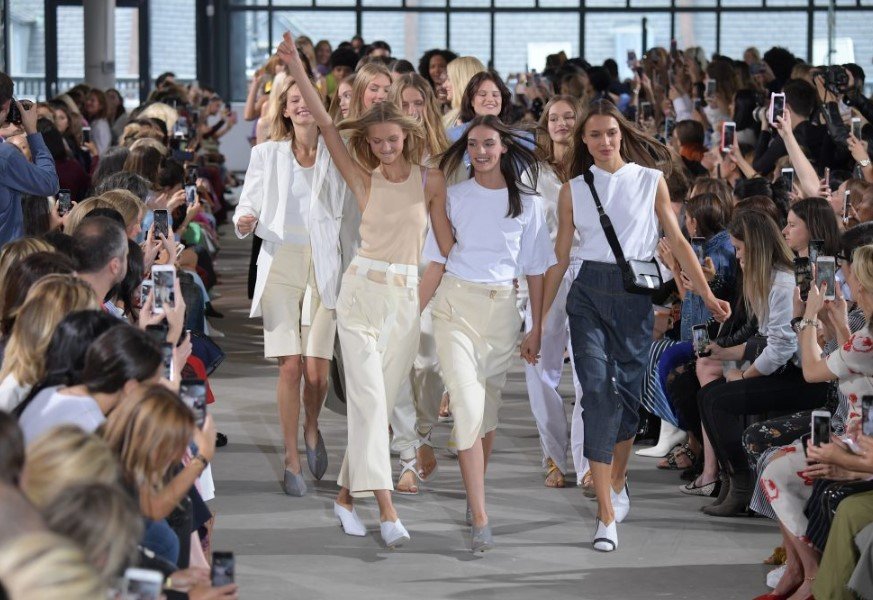Fashion shows serve as the pivotal platforms where style, creativity, and innovation converge, captivating audiences from around the world. These glamorous events are not merely exhibitions of clothing but grand performances filled with artistic expression and cultural commentary. At the heart of each show lies a narrative crafted through fabric, form, and function, inviting viewers to experience a visual feast that transcends traditional fashion norms. With each model that strides down the runway, we are treated to a kaleidoscope of ideas, inspirations, and identities that challenge the way we perceive beauty and style.
The Evolution of Fashion Shows
Fashion shows have undergone a significant transformation since their inception in the late 19th century. Once limited to private salons and exclusive gatherings, they have now evolved into major public spectacles, showcasing the latest trends from renowned designers and emerging talent alike. The transition to inclusion in mainstream media and the rise of social media have amplified this evolution, allowing these shows to reach wider audiences. As a result, fashion shows now encompass a blend of high art and accessible design, exhibiting pieces that redefine seasonal aesthetics and cater to diverse consumer preferences.
The Role of Designers in Setting Trends
Designers are at the heart of fashion shows, acting as visionaries who interpret cultural shifts through their collections. Each designer brings a unique perspective, often drawing from personal experiences, historical references, or current events to influence their work. This artistic process leads to the creation of groundbreaking designs that set the tone for the upcoming season’s trends. Watching a designer’s collection unfold on stage is akin to witnessing a story being told—every piece contributes to a larger narrative that captivates the audience and provokes thought about the future of fashion.
The Spectacle of Production
What truly distinguishes elite fashion shows is their impeccable production. These events are meticulously orchestrated, blending music, lighting, and stage design to create an unforgettable experience. The synergy of these elements transforms a simple runway into a dynamic landscape that enhances the garments’ features and the overall theme of the collection. High-profile fashion shows often feature elaborate sets, stunning backdrops, and even live performances, pushing the boundaries of traditional presentations and turning them into immersive experiences that resonate with audiences long after the final bow.
The Impact of Celebrity Culture
In recent years, the intersection of celebrity culture and fashion shows has added another layer of allure to these events. The presence of A-list celebrities on the front row garners media attention and enhances the glamour associated with these shows. Their involvement not only boosts the visibility of the designer’s collections but also influences consumer behaviour, as fans often seek to replicate the styles worn by their favourite stars. The fashion industry has adeptly harnessed this phenomenon, encouraging collaborations between designers and celebrities that serve to propel trends into the mainstream.
Sustainability and Ethical Fashion
As the fashion industry faces scrutiny over its environmental impact, a growing number of designers are using their platforms to promote sustainability and ethical practices in their collections. Fashion shows now often highlight eco-friendly materials, innovative production techniques, and socially responsible practices, all within the glamorous context of high fashion. This shift signals a broader trend toward conscious consumerism, empowering audiences to consider the origins of the garments they wear and the values behind the brands they support.
The Digital Revolution
The digital revolution has profoundly transformed the landscape of fashion shows. With live streams and social media coverage, the immediacy of these events is palpable, allowing fans and fashion enthusiasts to engage in real-time. Virtual front rows and online broadcasts democratize access to high-profile events, enabling those who cannot attend in person to witness the spectacle. This integration of technology not only broadens the audience but also allows for greater interaction between designers and their followers, fostering a sense of community within the fashion world.
A Spotlight on Diversity
Diversity on the runway has become a crucial topic of discussion within the fashion industry, leading to increased representation of models from various backgrounds, sizes, and identities. This shift is not just a trend but a necessary evolution towards inclusivity, capturing the rich tapestry of human experience. Fashion shows that embody this commitment to diverse representation celebrate individuality, challenging beauty standards and encouraging a broader acceptance of different looks and styles.
The Fashion Show Experience: Beyond the Runway
Attending a fashion show is an experience that extends beyond merely watching the runway presentations. It is an opportunity to immerse oneself in a world of creativity and inspiration, surrounded by fellow enthusiasts, industry insiders, and innovative thinkers. The atmosphere buzzing with anticipation and excitement creates lasting memories and connections, making each show a pivotal moment in the lives of designers, models, and attendees. Networking opportunities abound, fostering a culture of collaboration that continues to shape the future of fashion.
Conclusion: The Future of Fashion Shows
As we look toward the future, fashion shows will undoubtedly continue to evolve, reflecting the shifting landscape of culture, technology, and consumer expectations. With sustainability and inclusivity at the forefront, the industry must adapt to meet new challenges while preserving the artistry that makes fashion shows extraordinary. The allure of glamour and style will persist, inviting us to witness the ever-changing tapestry of fashion as it unfolds on the runway—a vivid interplay of creativity, culture, and community that captures the essence of what it means to express one’s identity through clothing. So, fashion shows will continue to be a crucial element in shaping trends and pushing the boundaries of creativity for years to come. It is an exciting time for the fashion industry, and we can’t wait to see what the future holds.
